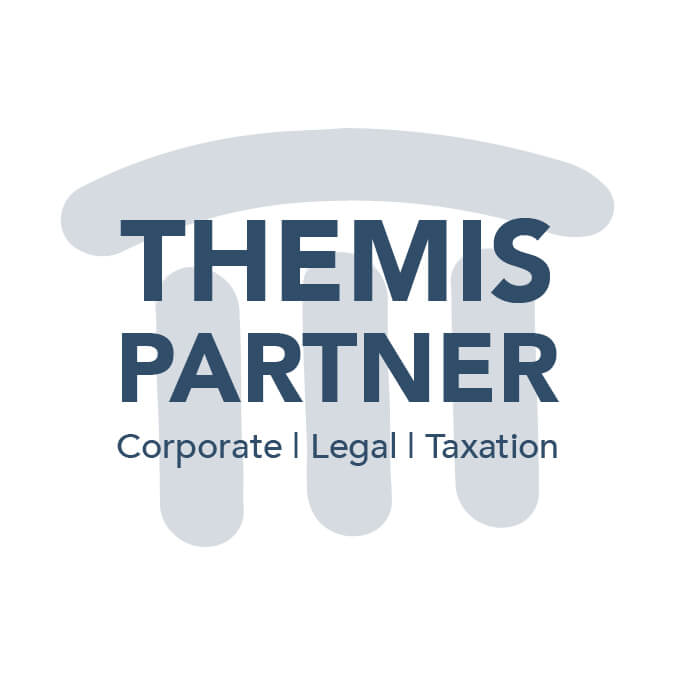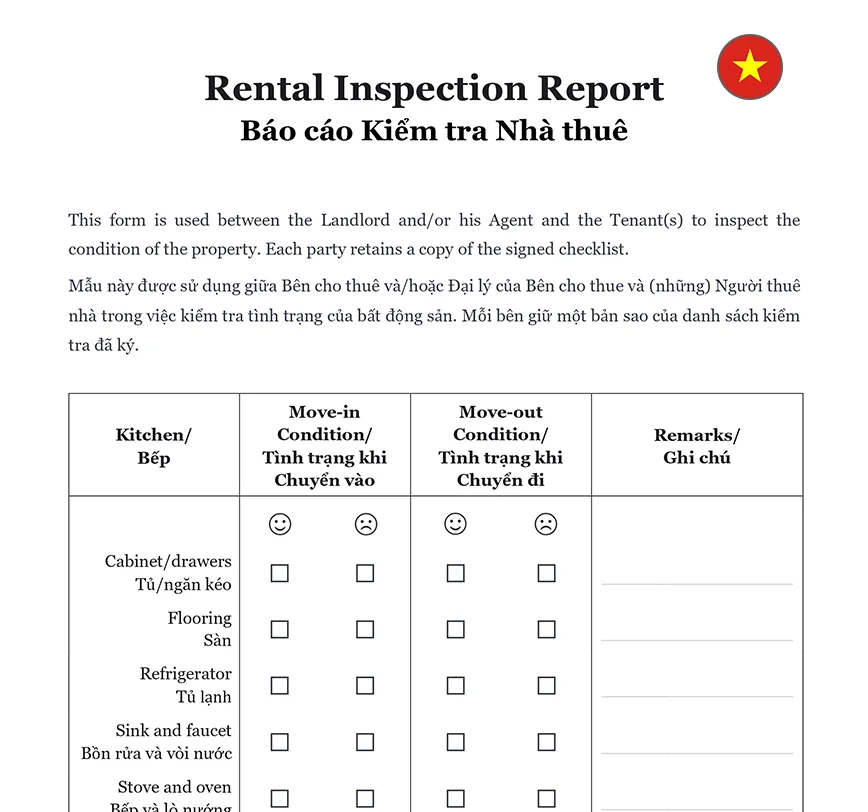Understanding Checklist Standards for Rental Properties
Checklist standards for rental properties are essential to ensure that the property is safe, habitable, and compliant with local regulations. These standards encompass various aspects, including structural integrity, electrical and plumbing systems, heating and gas installations, and tenant rights. Adhering to these standards not only protects the landlord’s investment but also ensures the tenant’s safety and satisfaction. It is crucial for landlords to be thorough in their inspections and documentation to avoid future disputes and potential legal issues. Use our Rental Inspection Checklist to ensure compliance.
- Remarks:
Alongside the Rental Inspection Report, a well-drafted Lease Agreement is crucial. It should detail the responsibilities for maintaining the property and any required standards.
Importance of a Rental Inspection Report
1. Records Property Condition: Documents the condition of the property at the start of the lease.
2. Prevents Disputes: Provides a clear and detailed record of the property’s state, including any existing damages or issues, helping to avoid conflicts.
3. Ensures Transparency: Both landlords and tenants should agree on the content of this report to maintain transparency and mutual understanding.
4. Tracks Changes and Damages: Regular updates to the inspection report throughout the tenancy help monitor any changes or damages to the property.
5. Facilitates End-of-Lease Transitions: A well-maintained inspection report aids in smoother transitions at the end of the lease.
6. Determines Fair Security Deposit Return: Helps determine the fair return of security deposits by clearly outlining any damages that occurred during the tenancy.
Structural Integrity and Safety
Ensuring the structural integrity of the property is paramount for the safety and well-being of the tenants. Key steps include:
Foundation Inspection: Check for any cracks or signs of settling, which could indicate potential structural issues.
Roof Condition: Ensure the roof is free of leaks, missing shingles, or other damage that could lead to water ingress and subsequent problems like mold.
Walls and Ceilings: Inspect for visible damage, cracks, or mold, as these can affect both the safety and habitability of the property.
Regular Maintenance: Conduct ongoing maintenance to address issues promptly and prevent further damage.
Prompt Repairs: Address any identified problems immediately to uphold safety standards and maintain the property’s habitability.
Electrical Systems Checklist Standards
Electrical systems must comply with safety regulations to prevent hazards such as electrical fires or shocks. Ensure that all wiring is up-to-date, with no exposed wires or outdated installations that could pose a risk. Outlets and switches should be functional and properly grounded, with no signs of wear or damage. Circuit breakers should be clearly labeled and easily accessible, allowing for quick response in case of electrical issues. Regular inspections by a qualified electrician can help identify and rectify potential problems before they escalate.
| ➤ Wiring: No exposed wires, up-to-date installations. |
| ➤ Outlets and Switches: All functional, properly grounded, no signs of wear or damage. |
| ➤ Circuit Breakers: Clearly labeled, easily accessible, regularly inspected. |











